
Digital ownership has become a hot topic in gaming circles, fueled by blockchain technology, NFTs, and growing interest in decentralization. But beyond the buzzwords, what does it actually mean for players? And is it really the future of gaming — or just another overhyped promise?
Let’s explore how digital ownership is redefining value, community, and control in the gaming world.
What Is Digital Ownership in Gaming?
At its core, digital ownership refers to a player’s ability to truly own in-game assets — be they items, characters, skins, land, or achievements. Unlike traditional games where purchased items are licensed (not owned) and can be revoked or deleted by the publisher, digital ownership puts control in the hands of players.
This shift is often made possible by blockchain technology, which verifies and secures asset ownership. With smart contracts, assets can be traded, sold, or used across platforms without centralized interference.
A key example is the emergence of blockchain-based games like Decentraland and The Sandbox, where users buy and sell virtual land as NFTs. These assets exist outside the game’s centralized servers, meaning the player retains ownership even if the game changes or shuts down.
Why Gamers Care: Control, Value, and Flexibility
Gamers have long invested time, effort, and money into their favorite titles. But when servers go offline or terms of service change, they can lose everything. Digital ownership offers a different outcome: permanence.
Here’s why it matters:
- Control: Players can manage their own assets without permission from game studios.
- Value: Items can be resold, traded, or staked for rewards.
- Flexibility: Some projects allow cross-game or cross-platform use of items.
For example, Enjin’s platform enables players to move weapons or armor between different games built on its network.
Platforms like 777bet fun also tap into the idea of ownership and rewards by offering immersive gaming with real risk and return potential, blending entertainment with a user-centric economy.
Why Developers Are Interested Too
It’s not just players who benefit. Developers see opportunities in digital economies as well:
- New revenue models: Studios can take a cut from secondary sales.
- Community incentives: Rewarding loyal players with NFTs or tokens.
- Player retention: Games with strong economies often see better engagement.
Projects like Illuvium and Guild of Guardians have built economies around ownership that extend beyond cosmetics — impacting gameplay, governance, and more.
The Risks and Criticisms
Of course, digital ownership isn’t without downsides. Critics point to speculative behavior, scam projects, and unclear regulation.
The infamous rise and fall of CryptoKitties showed how fast hype can inflate and deflate. Plus, many NFT-based games face accusations of being “pay-to-win” or glorified investment platforms.
Moreover, some gamers are wary of blockchain’s energy consumption. Although newer chains like Polygon and Immutable X claim to be environmentally sustainable, skepticism remains widespread. According to a BBC report, the energy use of blockchain systems is still being debated among experts.
How It’s Changing Game Design
Digital ownership changes how games are made. Developers now consider asset liquidity, token inflation, and decentralized governance.
In traditional MMOs, for example, item drops are managed to ensure balance. In blockchain games, scarcity becomes real and economic systems resemble financial markets.
Some games, like Star Atlas, even build entire political systems around asset holders, turning players into voters or investors. This adds layers of strategic depth — but also complexity.
Cross-Game Interoperability: A Gamer’s Dream?
One of the most ambitious promises of digital ownership is interoperability — the idea that a single sword, skin, or mount could travel between entirely different games.
In theory, this is revolutionary. But in practice, it’s incredibly difficult. Games have different engines, art styles, and balance requirements. Still, studios like MyMetaverse and Horizon are experimenting with shared assets across their ecosystems.
Community Governance and DAOs
With digital ownership comes a shift in community dynamics. Instead of just playing games, users can now vote on development decisions through DAOs (Decentralized Autonomous Organizations).
In games like Aavegotchi or Decentral Games, token holders can propose or vote on major updates. This fosters deeper engagement and aligns incentives between developers and players.
The trade-off? It can also slow down decision-making and fragment communities if not handled well.
Digital Collectibles and Status Symbols
Not all ownership is about function. Just like a rare baseball card or sneaker, digital items can become status symbols. NFTs like those from Zed Run or NBA Top Shot have shown that scarcity and story matter.
In some gaming communities, owning a founder’s badge or one-of-a-kind avatar becomes part of identity. These items don’t always affect gameplay — but they do affect how players are perceived by peers.
A Growing Market With Real Numbers
According to a 2023 report by DappRadar, blockchain games accounted for over 50% of all blockchain activity in that year. Trading volume for in-game assets reached over $5 billion USD.
While the numbers have cooled compared to the 2021 boom, they remain significant. Analysts from CoinDesk note that “slow and steady” growth now defines the GameFi sector, which could be a sign of maturation.
This suggests that while digital ownership may not be a get-rich-quick scheme, it is establishing long-term roots.
Final Thoughts: Ownership as a Gaming Pillar
Digital ownership isn’t a fleeting trend — it’s a fundamental shift in how games can operate. By giving players real control over their assets, it introduces new gameplay possibilities, economic structures, and social layers.
Yet with that power comes responsibility. Developers must build systems that are fair, transparent, and fun. Players must stay informed and cautious about what they invest in.
If done right, digital ownership could be as transformative to gaming as multiplayer or streaming once were.
One thing’s for sure: it’s not just hype anymore.
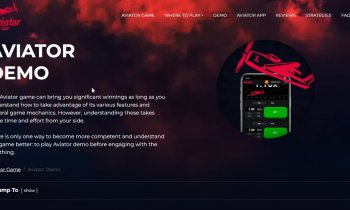
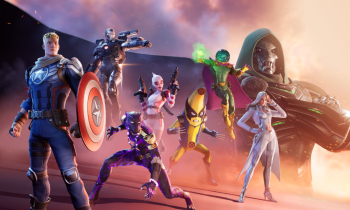

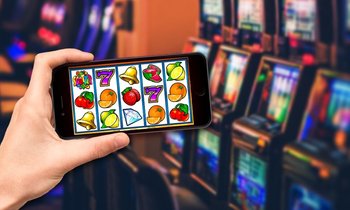
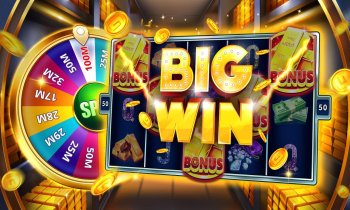









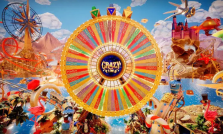




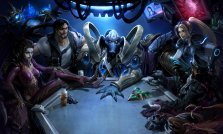
Comments